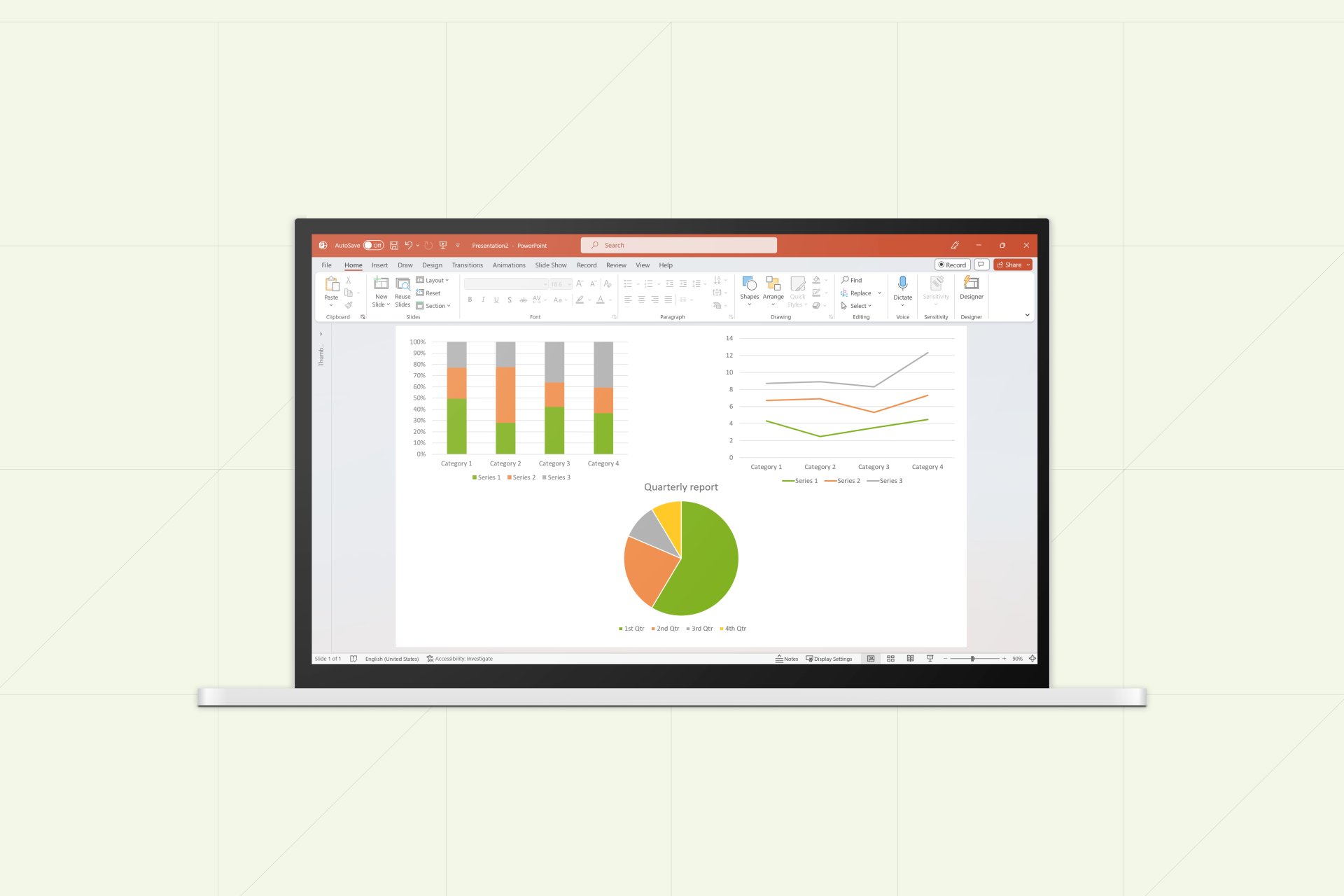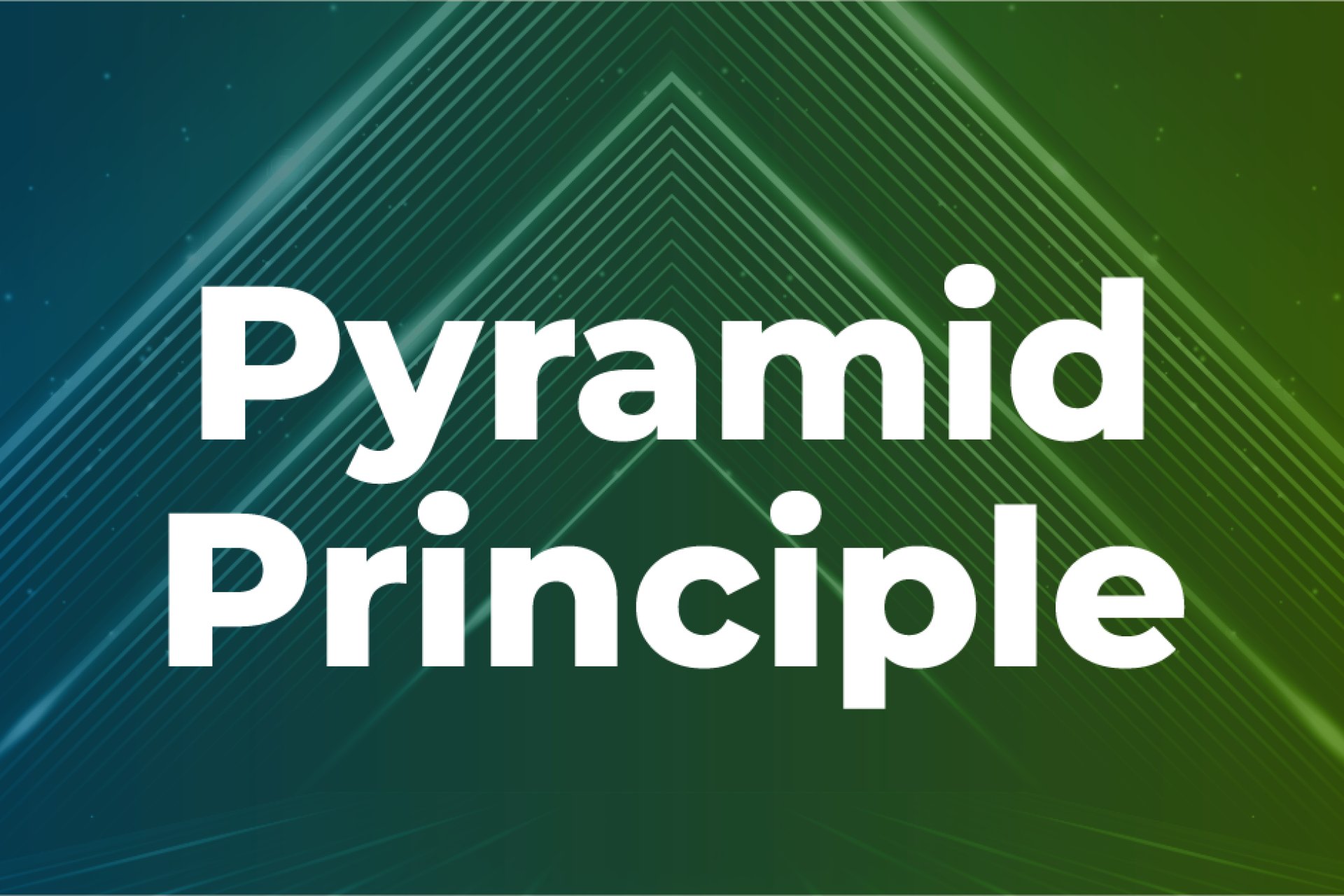Why you should change the way you think about PowerPoint
3 min read — by Amos Wong
PowerPoint is firmly entrenched around the world as the go-to presentation tool for business. However, not all presentations are given the same level of attention or have the same amount of impact.
Business leaders across industries have long known the value of a great presentation. Consider the incomparably intentional presentations of Steve Jobs, or the entire industry that exists around pitch coaching in Silicon Valley circles.
When it comes to the big pitch, everyone seems to know what’s at stake.
But in the daily rush of, well, everything else, we forget that the presentations we make daily are just as important. They might seem like hoops we have to jump through, but their impact is huge:
- Something as routine as monthly financial reporting can influence the decision to acquire a new company or not.
- A conference presentation might attract a lot of business your way—or repel it.
- An implementation plan could be the difference between an in-sync team and a missed launch date.
- A training presentation can create positive new behaviors or waste hours of your team’s time.
- A strategy to transform business can change everything—or garner yawns and gather dust.
Whether you’re an established leader or just starting your career, this is a paradigm shift that will pay lifelong dividends: Every presentation has the power to inspire people and change minds.
Presentations shape the conversations and decisions that move business forward. And by approaching them this way, you can accelerate your growth. Here’s how:
Stack the deck based on the conversation you want to have
Since presentations are the backdrop (or centerpiece) of nearly every business decision, construct your deck based on how you want the conversation to go. This is two levels above “sharing the latest numbers”.
Ask: What do I want to happen as a result of the conversation this presentation will drive?
With this focus established, you’ll treat each slide as the super-valuable real estate that it is—one step forward in a conversation that will have real business impact.
Reconsider how you’re presenting data
Data can be your most powerful tool to influence business decisions—but only if you share it effectively. Simple slip-ups like displaying too much information at once or formatting and annotating your charts poorly can make even the most persuasive data ignorable or confusing.
Basically, if you can’t communicate your position, nothing happens.
You need visually impactful charts, slides, and stories that unlock insights, inspire, and inform the decisions that move business forward. (This is where we come in: think-cell is how experts do that.)
Prioritize intuitiveness and clarity by communicating one key idea per chart and visually highlighting the “Aha!” zone. Follow PowerPoint best practices to create compelling slides. And when possible, tailor the data you share for your audience, considering their roles, levels, and interest areas. (Of course, this means your methods for creating great decks can’t be so laborious that this level of personalization sounds like a fantasy to you. Which may lead you to…)
Realize you can’t afford NOT to optimize your use of PowerPoint
The world is changing faster than ever. Keeping up—or better, leading the way—isn’t a race to add the most stuff to your tech stack. It’s often more impactful to spend time getting better at what you’re already spending a ton of time on.
The best companies are 40% more productive than the rest. Think they’re doing that by ignoring where their workers spend hours upon hours of their day?
If your company is like most, PowerPoint is a huge part of your current workflow—which means finding even small efficiencies can lead to huge time savings. And there are major PowerPoint efficiency gains waiting for you, especially when working with data: like automating manual calculations so that creation, formatting, and layout decisions take a single click.
The time that goes into creating and editing PowerPoint presentations at your company can be highly productive—if that time is optimized for the right things, like the actual high-level thinking.
Why fuss around with PowerPoint’s clunky built-in tools to make a Gantt chart for your project, when you could do it in a third of the time with an intelligent PowerPoint add-in? PowerPoint efficiencies like this are huge business accelerators disguised as workflow tweaks.
Get more excited about all of it!
This one’s a bonus. When you think about PowerPoint as the epicenter of business decisions, the work that goes into them suddenly becomes more interesting. You’ve reframed that monthly report as a conversational catalyst rather than an annoyance that darkens your calendar every four weeks.
Treat presentations as an essential work product. Because they are. And because it’s rewarding to create something elegant, impactful, and thought-provoking, instead of dragging your feet to create yet another throwaway deck.
At think-cell, we’re obsessive about making your data—your stories—shine in PowerPoint. Painlessly. Persuasively. Even beautifully. (Just ask the business leaders who use think-cell every day, at 9 of the top 10 business schools, 90% of the Fortune 100 and the entire DAX40.)
We do this not because we love data (we do)—but because the investment in creating a strong presentation is one that changes the trajectory of business.
And the sooner you start thinking about presentations as the powerful tools they are, the sooner you’ll be able to harness that power for yourself.
Read more:
7 steps to building a compelling PowerPoint presentation
Learn the 7 steps to build an effective PowerPoint presentation, including how to structure your story, lay out slides and create clearer, more impactful charts.
— by Amos WongJune 12, 2023 | 7 min read
Using the Pyramid Principle to build better PowerPoint presentations
Learn how to use the Pyramid Principle to create more effective PowerPoint presentations, including how to organize ideas, present data and clarify your message.
February 07, 2023 | 6 min read



